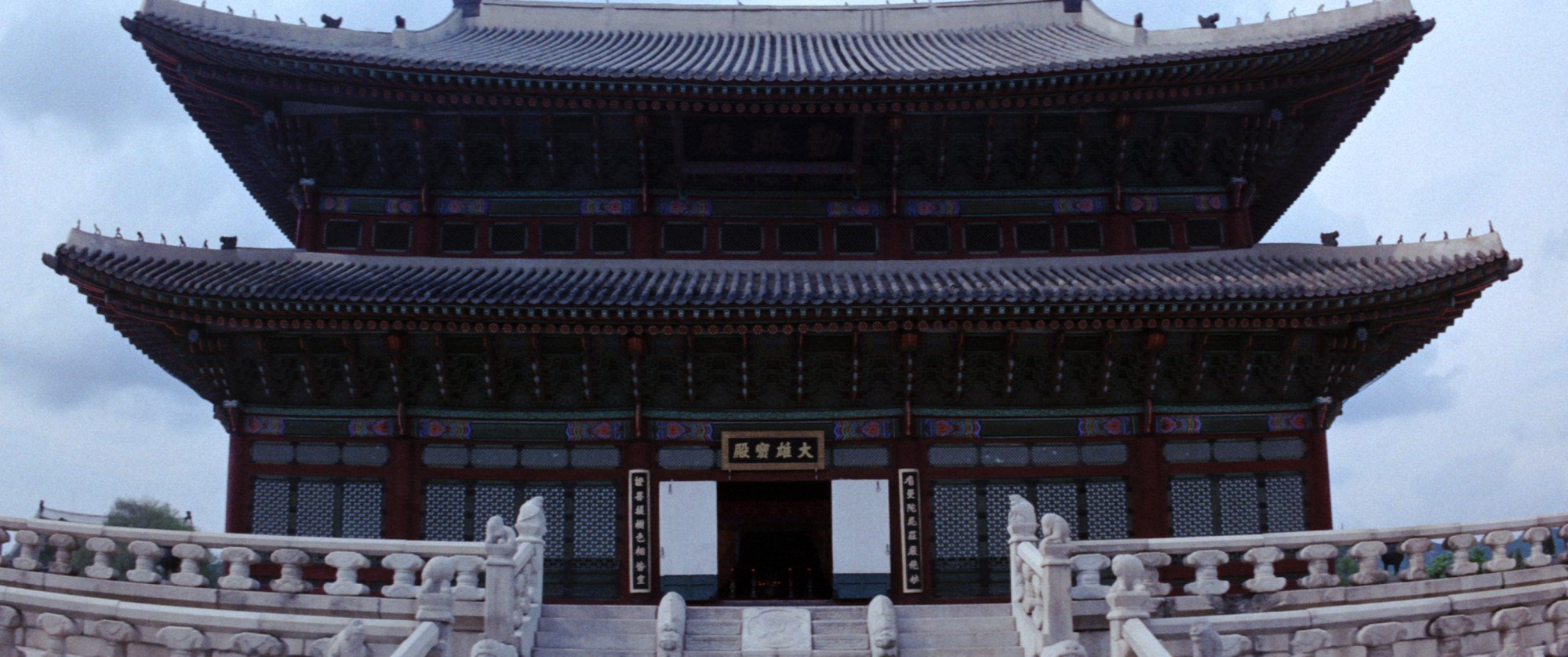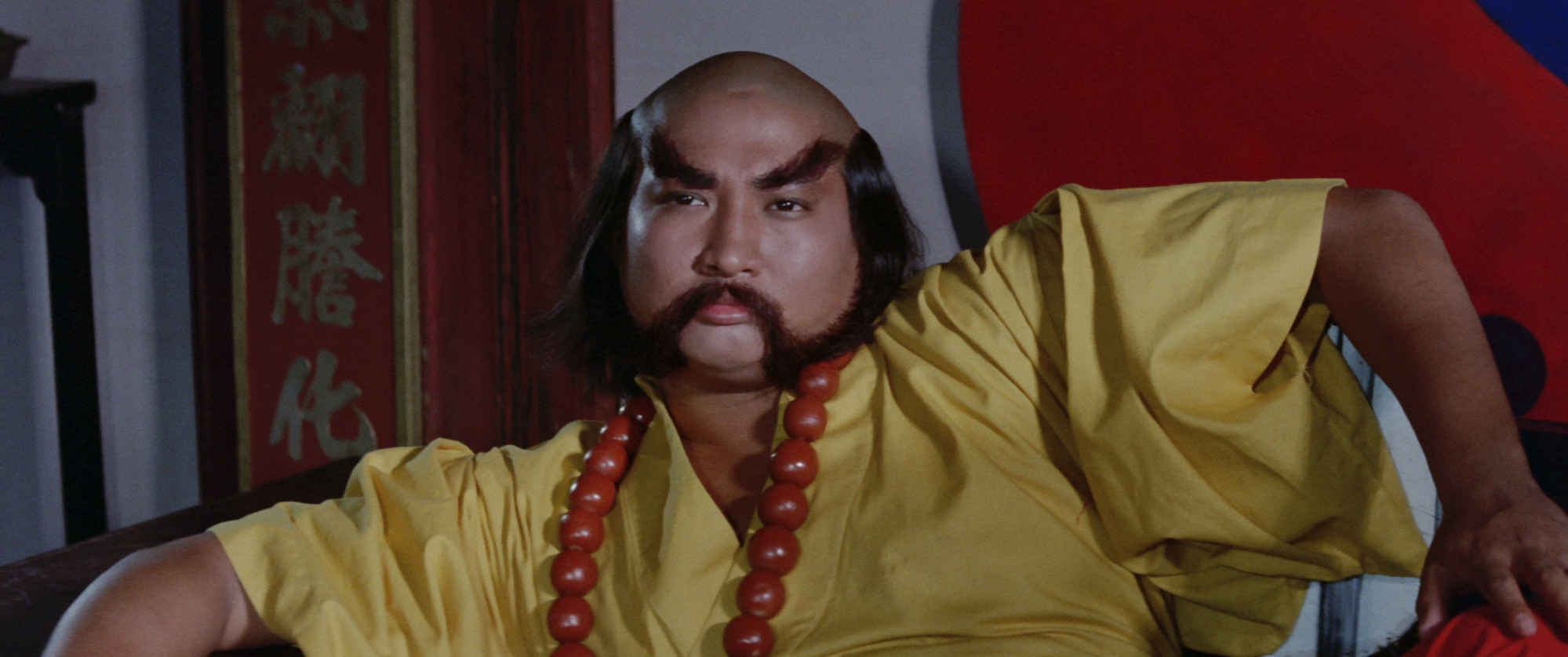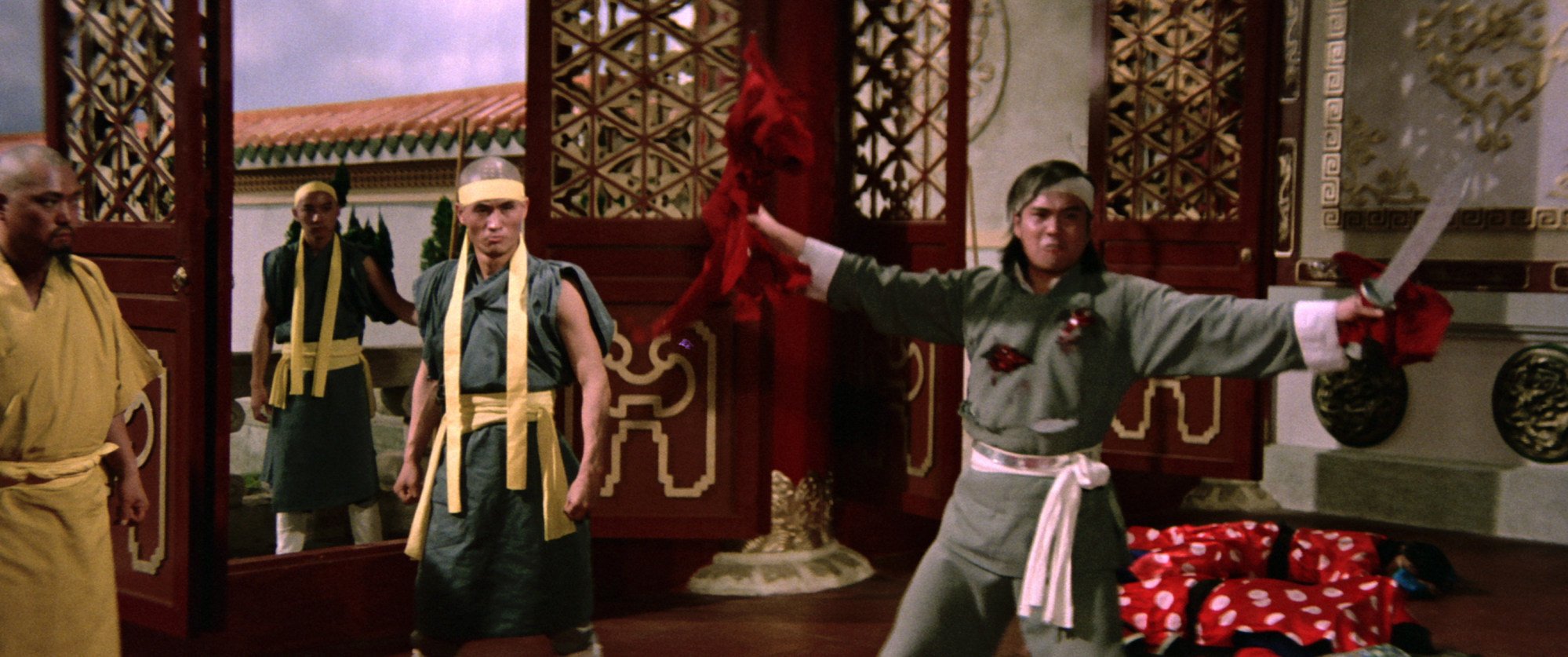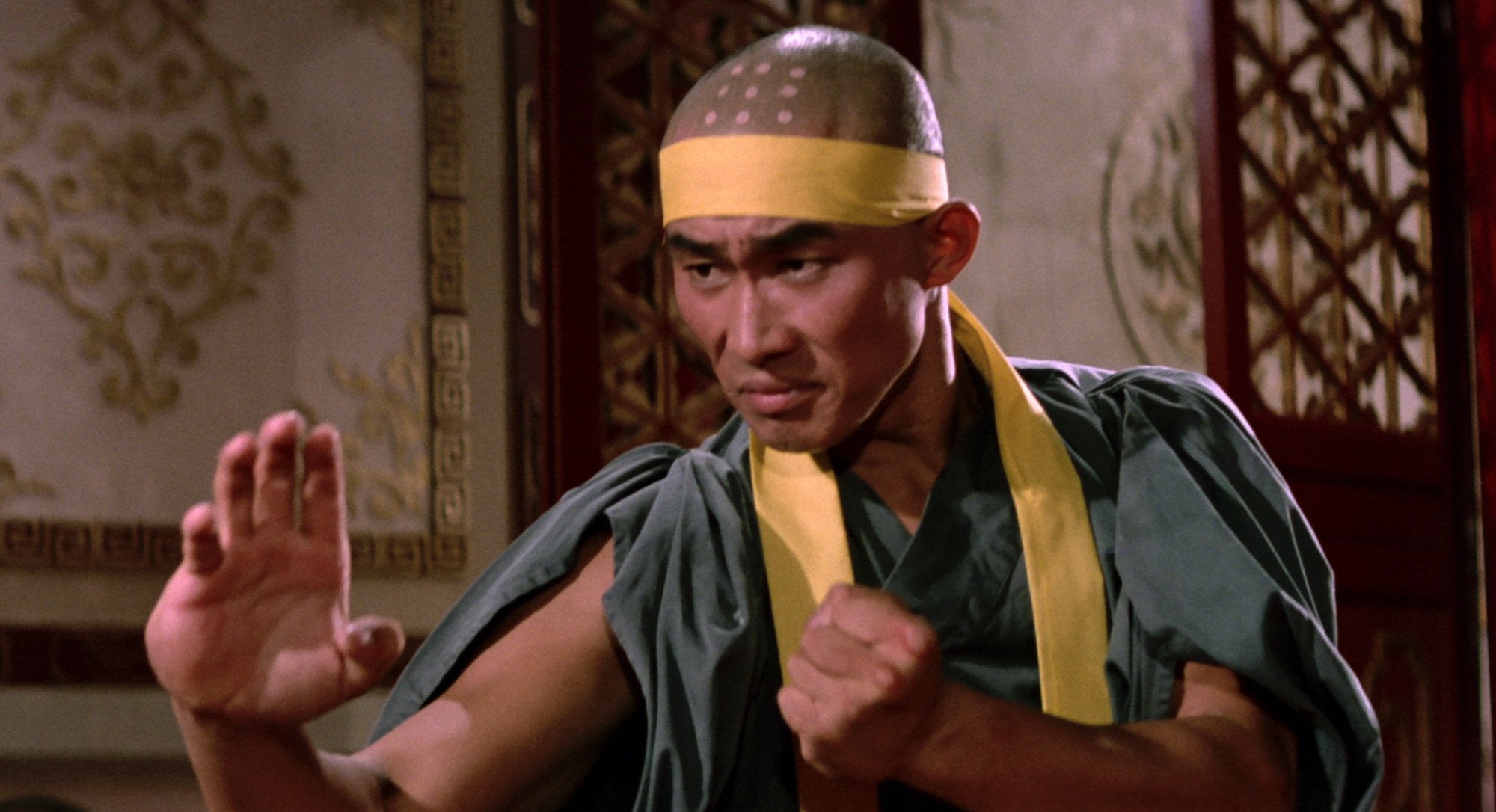
‘Probably the best martial arts movie you don’t know’: Shaolin Plot, featuring Sammo Hung
- Shot in South Korea, Shaolin Plot features Sammo Hung, who choreographed the action, with direction by Huang Feng and a script based on a Ni Kuang story
- The action scenes combine taekwondo with other fighting styles, and Lam Ching-ying, Yuen Biao and Chan Sing feature too. Yet somehow it wasn’t a hit
The relatively unknown Shaolin Plot, made in 1977, is one of the hidden gems of the martial arts movie genre.
The Post talked to Hong Kong-born movie expert Frank Djeng, who contributes the commentary to Eureka Entertainment’s forthcoming Blu-ray release of Shaolin Plot, about the film.
Shaolin Plot is a little-known movie, but it’s very well made.
Yes, this is probably the best martial arts movie that you don’t know about. It’s one of Golden Harvest’s best.
It just did OK business in Hong Kong when it was released, and then it kind of disappeared.
Why did they shoot the film in South Korea? That was unusual at the time.
For the temples, mainly. Hong Kong doesn’t have temples like that, so if you want temples, you will have to go elsewhere.
China had just come out of the Cultural Revolution when this film was made, and it was almost impossible to shoot there. So Korea and Taiwan were the closest options.
What makes a Jackie Chan film? Martial arts star on his movie formula
Was this the first Hong Kong film to be made in Korea?
It really started with [Hong Kong super-producer] Ng See-yuen, who went to Korea to shoot The Secret Rivals in 1976. That paved the way. Earlier, the Angela Mao Ying films were shot there, but that was because the films were related to Korean martial arts like taekwondo and hapkido, and not because of the locations.
It’s a beautiful-looking film. Golden Harvest films rarely look as polished as Shaw Brothers films, but this one does.
Part of that is probably down to the director, Huang Feng. He used to direct at Shaw Brothers, and there’s certainly a Shaw Brothers feel to this film, especially in the interiors – the opening shot of the imperial court is straight out of a Shaw Brothers movie.

Huang worked a lot with Angela Mao, directing her first film The Angry River, as well as Lady Whirlwind and the classic Hapkido, among others …
Yes, his earlier work with Angela Mao has a distinct visual style, and he showed a lot of visual flair. He was getting old by the time of Shaolin Plot, and it was almost like his swansong as a director.

He wrote The Iron Fisted Monk after, but that was more of a favour to Sammo Hung Kam-bo. With Shaolin Plot, he thought, ‘It’s a good script and a good cast, we have Sammo Hung as the choreographer, so let’s go out with a bang!’
Chan Sing used to play a lot of villains, but he’s more complex here. He’s hardly a typical one-dimensional bad guy.
He did a great job in this. He shines plays someone you don’t expect as a villain in a martial acts film – he is calculated and complex, and he employs strategies to achieve his goals.
It’s rare to have a clever villain like this in a martial arts film. Not only is he physically strong, he thinks ahead, and he can make up clever schemes.

Future stars like Yuen Biao, Lam Ching-ying and Mars, the famous stuntman, all turn up in minor roles, too …
By then they had all become part of Sammo’s team. I think this is also part of Huang Feng’s plan to pave the way for Sammo to really take over as a choreographer in the world of martial arts films.
He felt that Sammo was really good, and he wanted to give him the chance to shine. This film really established him as an up-and-coming martial arts director.
Stephen Tung Wai is an extra, and he went on to become a major martial arts choreographer himself. He’s probably the last of the legendary breed, along with Sammo Hung, to still be working.
Tung Wai started in films, doing stunts and working as an extra. In the late 1970s, he got his big break on TV, where he worked as both a lead actor and a martial arts director. That led to his work as a martial arts choreographer, and he’s still working now. He’s 68, he’s almost the last of that line.

What about the martial arts in Shaolin Plot? Taekwondo is very prominent, even though it’s nominally a Shaolin kung fu film.
The taekwondo is there because Casanova Wong [who plays a warrior monk] was an expert in that style. In the final fight, Wong takes centre stage, using all his long high kicks. Although many other styles are used in the film, Wong is so good at taekwondo, he overshadows the rest of the fighters.
It’s an unusual way to end a film, as the main character, played by James Tin Chuen, is not actually in the fight – he keeps in the background.

The story is by Ni Kuang, the legendary Shaw Brothers screenwriter and novelist, although Huang wrote the screenplay …
Ni Kuang is amazing. He estimates that he wrote about 400 screenplays, and three-quarters of those screenplays actually got made into films. His books have good characterisations, and that may account for the superior characters in the film.

